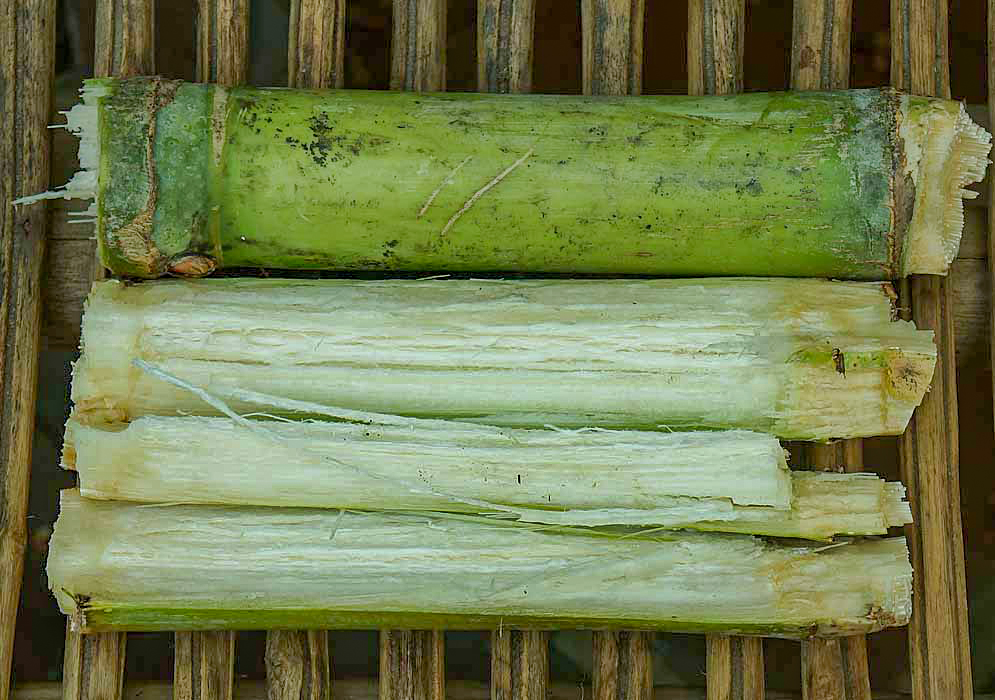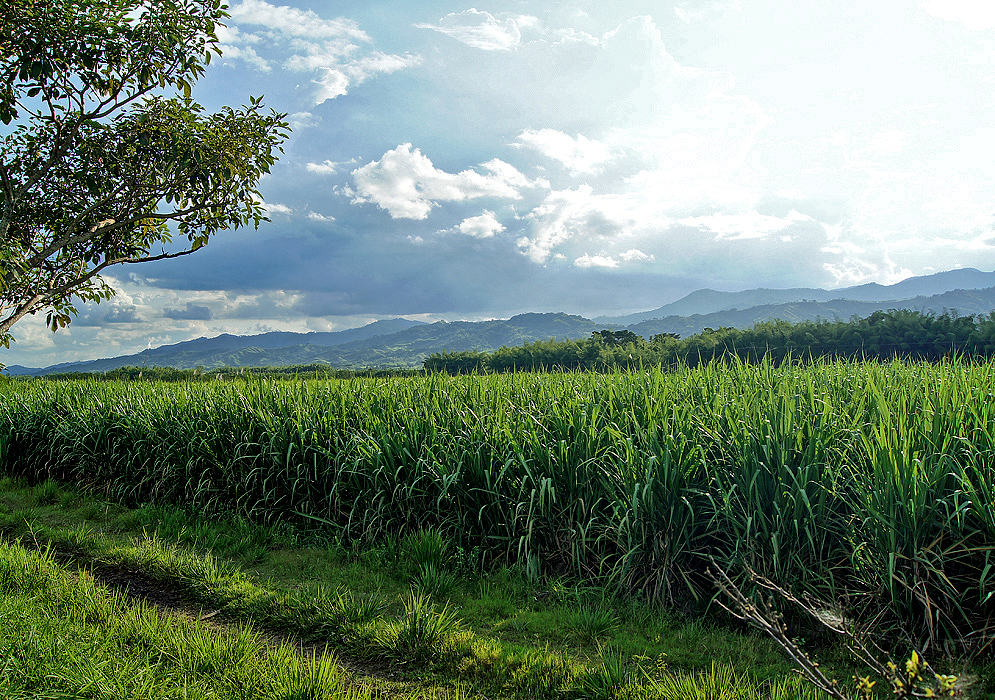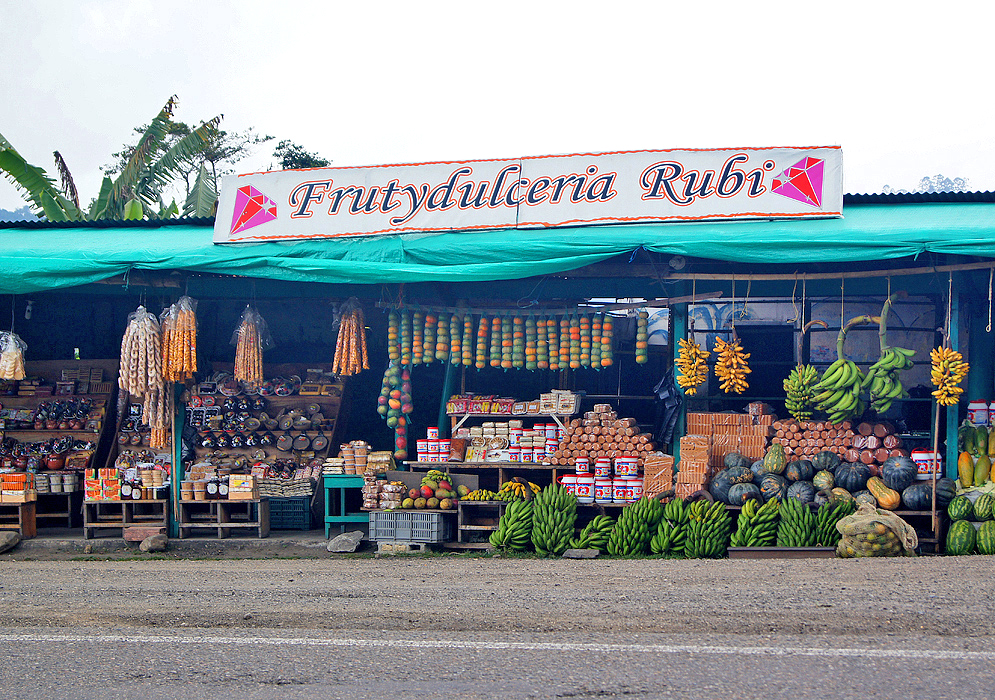This post has 11 Simple Fields-fields attached. Show fields.

A robust grass species renowned for its stout stalks rich in sucrose, which is central to the global production of sugar and ethanol. Native to New Guinea, it was first domesticated by Papuans and selectively bred from S. robustum approximately 6,000 years ago. It has since spread globally in tropical and subtropical regions, and has been intensively cultivated and hybridized. Sugarcane is a perennial plant, capable of reaching 16 feet in height, with stems that vary in color and a network of rhizomes that propagate secondary shoots. The plant's commercial cultivars are predominantly complex hybrids with India and Brazil the largest producers. In addition to its primary role in sugar production, the byproducts of the sugarcane industry serve as livestock feed. One can chew the white raw fiber from the cane to extract the sweet juice. A popular byproduct of sugarcane is panela and a popular drink in Colombia is panela in water with lemon served either hot or cold. Photographed in the Valley of Risaralda, Colombia.





